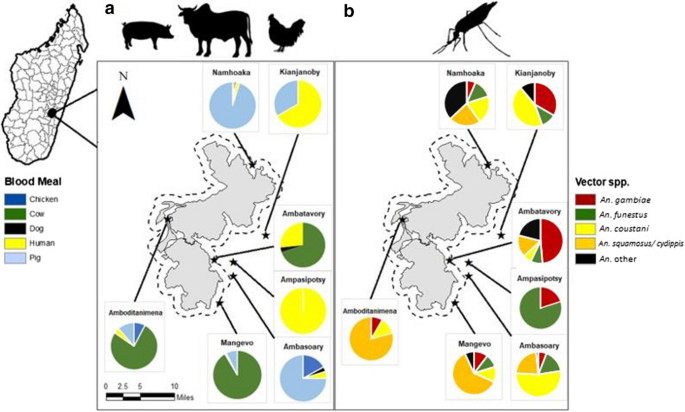In collaboration with the Media Studies program at Auburn University and the Centers for Disease Control and Prevention (CDC), a laboratory training video is being developed to provide virtual training opportunities around the world. The gold standard method for understanding malaria transmission is a protein based assay called the csELISA which can detect infective proteins from malaria parasites (Plasmodium spp.) in mosquitoes. This gives a good idea of transmission risk and potential in a region and is very important for malaria surveillance. Typically in person laboratory visits and trainings are used to build capacity to run these assays, but with COVID-19 travel restrictions this is not currently possible.
To overcome this challenge, CDC and Auburn (School of Forestry and Wildlife Studies and the Media Studies Department) are developing a professional training video to share widely. The filming approach and script was developed with undergraduate research fellow, Haley Stephens, who became proficient in the method for her research and who is featured in the film!


